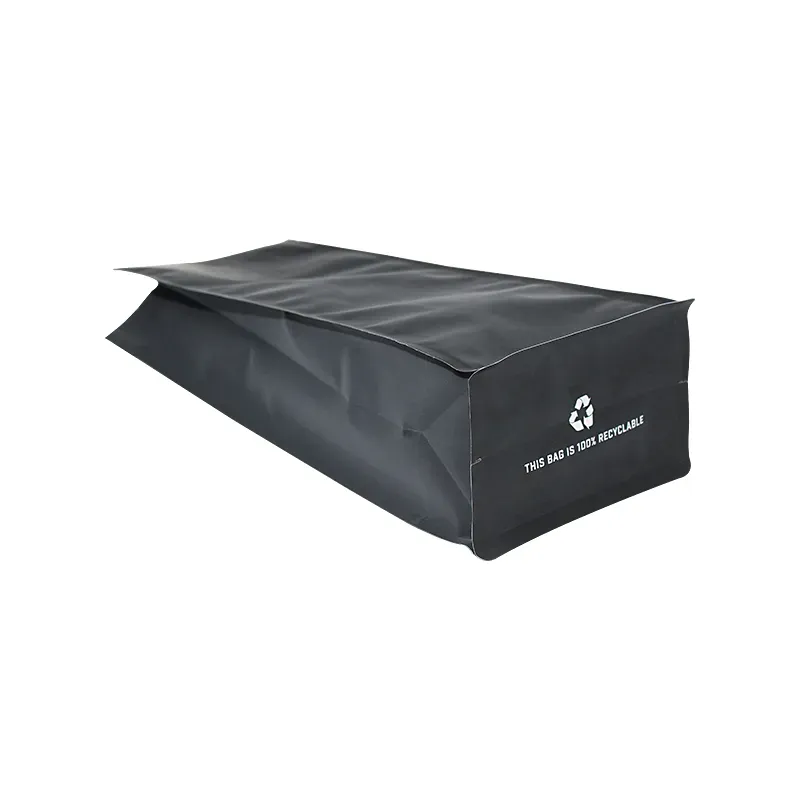- Afrikaans
- Albanian
- Amharic
- Arabic
- Armenian
- Azerbaijani
- Basque
- Belarusian
- Bengali
- Bosnian
- Bulgarian
- Catalan
- Cebuano
- chinese_simplified
- chinese_traditional
- Corsican
- Croatian
- Czech
- Danish
- Dutch
- English
- Esperanto
- Estonian
- Finnish
- French
- Frisian
- Galician
- Georgian
- German
- Greek
- Gujarati
- haitian_creole
- hausa
- hawaiian
- Hebrew
- Hindi
- Miao
- Hungarian
- Icelandic
- igbo
- Indonesian
- irish
- Italian
- Japanese
- Javanese
- Kannada
- kazakh
- Khmer
- Rwandese
- Korean
- Kurdish
- Kyrgyz
- Lao
- Latin
- Latvian
- Lithuanian
- Luxembourgish
- Macedonian
- Malgashi
- Malay
- Malayalam
- Maltese
- Maori
- Marathi
- Mongolian
- Myanmar
- Nepali
- Norwegian
- Norwegian
- Occitan
- Pashto
- Persian
- Polish
- Portuguese
- Punjabi
- Romanian
- Russian
- Samoan
- scottish-gaelic
- Serbian
- Sesotho
- Shona
- Sindhi
- Sinhala
- Slovak
- Slovenian
- Somali
- Spanish
- Sundanese
- Swahili
- Swedish
- Tagalog
- Tajik
- Tamil
- Tatar
- Telugu
- Thai
- Turkish
- Turkmen
- Ukrainian
- Urdu
- Uighur
- Uzbek
- Vietnamese
- Welsh
- Bantu
- Yiddish
- Yoruba
- Zulu
Understanding the Weight of a Standard Cardboard Bale for Recycling Purposes
Understanding the Weight of a Cardboard Bale
Cardboard recycling plays a pivotal role in waste management and sustainability efforts worldwide. Among the key components of this process is the cardboard bale, a compressed unit of recycled cardboard that facilitates transportation and storage. One common question that arises in discussions about cardboard bales is how much does a cardboard bale weigh?
The weight of a cardboard bale can vary significantly based on several factors, including the type of cardboard being processed, the compression technique used, and the size of the bale itself. Typically, a standard cardboard bale can weigh anywhere from 800 to 2,200 pounds (approximately 360 to 1,000 kilograms). However, there are various considerations that affect these weights.
Firstly, the composition of the cardboard affects the bale's weight. Cardboard can range from single-wall to double-wall and even triple-wall varieties, each contributing differently to the overall weight. For example, double-wall cardboard, often used for shipping heavier items, can result in a heavier bale compared to single-wall cardboard. Therefore, industries dealing with larger quantities of double-wall cardboard for shipping may find their bales on the heavier end of the spectrum.
Secondly, the method of baling also influences weight. Cardboard is typically compacted using hydraulic balers, which press the materials tightly together. The efficiency of the baling process directly affects how compact the bale is, thereby influencing its overall weight. Efficient balers can produce denser bales, which in turn can lead to heavier weights, maximizing transportation efficiency.
how much does a cardboard bale weigh

Bale sizes can also be a determining factor. Cardboard bales can vary in dimensions, but common sizes include 48 inches by 36 inches by 24 inches (122 cm by 91 cm by 61 cm) or 60 inches by 48 inches by 30 inches (152 cm by 122 cm by 76 cm). Standardization in many recycling facilities helps in calculating the weight, but variations may still exist depending on the facility's equipment and processing standards.
When considering the weight of cardboard bales, it's essential to account for moisture content as well. Cardboard that retains moisture from rain or cleaning processes can weigh significantly more than dry cardboard. This is an important aspect for recycling facilities, as they need to ensure that their bales are properly dried before baling to maintain an accurate weight and quality.
In addition to its implications for transportation, understanding the weight of cardboard bales is vital for pricing in the recycling market. Recyclers often purchase cardboard based on weight, so accurately gauging the weight of bales directly impacts profitability. Companies must also be aware of the regulations and standards that govern recycled materials, which can vary by region and affect acceptable weight limits.
In conclusion, the weight of a cardboard bale can vary widely based on its composition, baling method, size, and moisture content. Ranging from 800 to 2,200 pounds, these bales are essential elements in the recycling process, helping to streamline transportation and storage of valuable recyclables. For businesses engaging in cardboard recycling, understanding these factors is crucial for optimizing operations, ensuring profitability, and contributing effectively to sustainability efforts.
By comprehending the dynamics at play in the weight of cardboard bales, stakeholders can better navigate the complexities of the recycling industry, ensuring that they contribute to environmental preservation while also achieving their business objectives.













